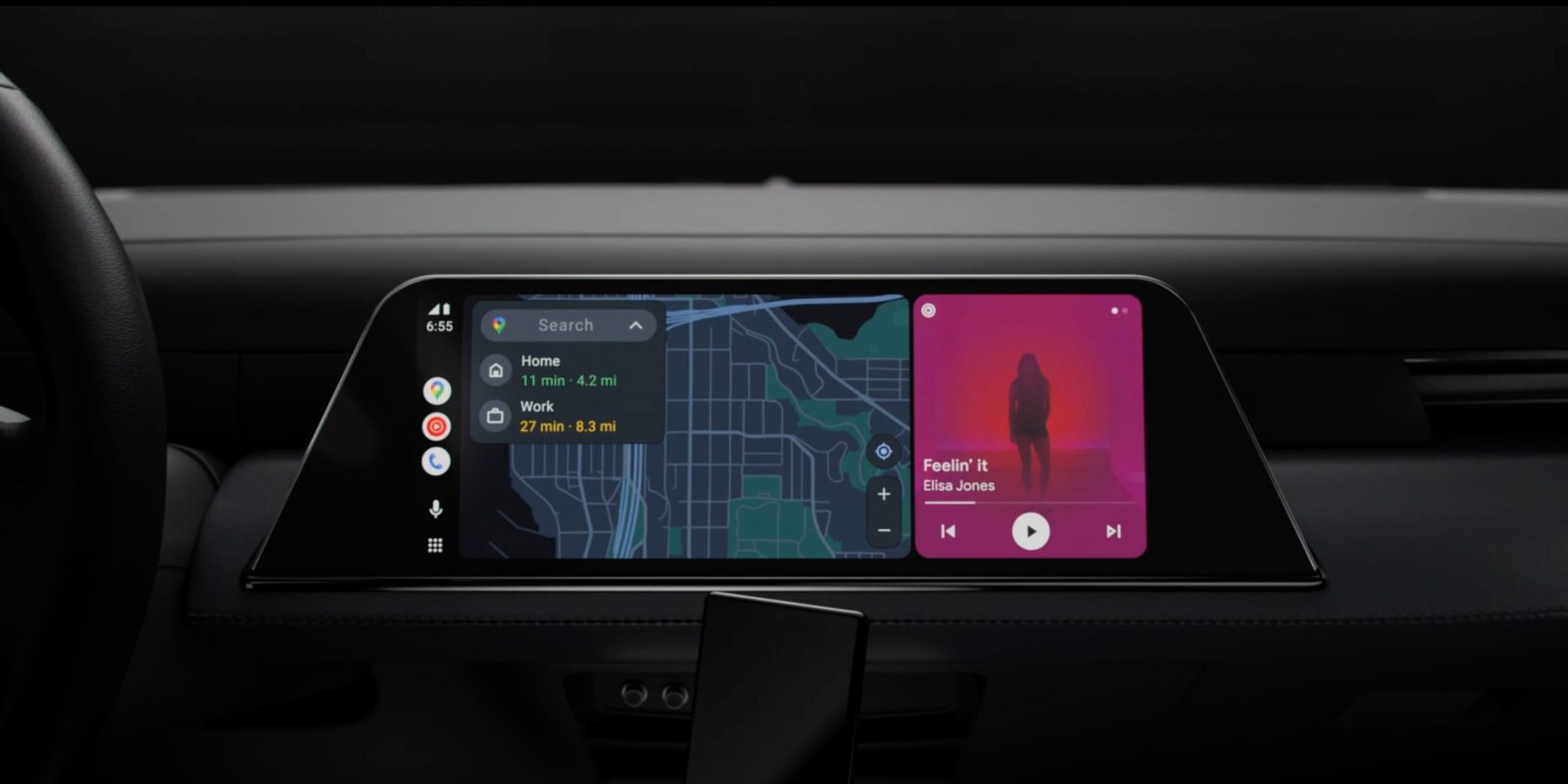
After announcing it would do away with Android Auto and CarPlay in its future vehicles, GM is doubling down on the decision, now saying that the removal will somehow make drivers use their phone less.
In an interview with MotorTrend, GM’s head of product for infotainment, Tim Babbit, explains that removing Android Auto and CarPlay from its vehicles is a play to improve the safety of its cars to limit driver distraction caused by cell phone usage.
Android Auto and CarPlay, as Google and Apple have said over the years, were launched to limit cell phone usage in the driver’s seat. The platforms mirror your phone’s most crucial apps to the car’s infotainment system, read notifications aloud and allow for replies with voice to avoid texting while driving, and both platforms have safeguards baked in to prevent drivers from using the screen for too long while the car is in motion, even blocking elements such as the on-screen keyboard if the vehicle is not parked.
But that’s not Babbit’s argument.
Rather, he says (as paraphrased by MotorTrend) that GM’s decision to remove Android Auto and CarPlay was because the two platforms “have stability issues” such as “bad connections, poor rendering, slow responses, and dropped connections.” Those issues, GM argues, cause the driver to use their phone to restore the connection and, in turn, take their eyes off the road. GM believes that its built-in Android Automotive-based system will avoid these issues. And, admittedly, GM isn’t entirely wrong, as random bugs and issues with Android Auto are not exactly uncommon.
Top comment by Lucas de Eiroz Rodrigues
Fortunately, GM is not the only car manufacturer in the market.
GM also argues that the enhanced voice controls of Google Assistant in Android Automotive and its deeper access to the car will allow drivers to get more done with just voice commands. And, all the while, Android Automotive has a growing ecosystem of native apps. Though, as our sister site 9to5Mac brings out, that won’t be able to replace a lot of the apps that iPhone users may choose, as Apple Music, Maps, and other apps are not available on Android Automotive.
After the interview was initially published, GM added a statement that seemed to push further focus on the voice controls and integration.
We wanted to reach out to clarify that comments about GM’s position on phone projection were misrepresented in previous articles and to reinforce our valued partnerships with Apple and Google and each company’s commitment to driver safety. GM’s embedded infotainment strategy is driven by the benefits of having a system that allows for greater integration with the larger GM ecosystem and vehicles.
Further, Motortrend brings out a point that somewhat undermines Babbit’s whole argument, and that’s subscriptions. GM and other automakers reportedly see subscriptions and purchases made in a car’s infotainment system as a huge source of future revenue, with GM even having said directly earlier this year that it sees subscription opportunities in its Android Automotive-based system going forward. Those same opportunities don’t exist in the phone-based Android Auto and CarPlay.
All the meanwhile, GM is in the midst of launching the new Chevy Blazer EV, which is the vehicle that will launch this new world without Android Auto and CarPlay. Electrek has spent time with the Blazer, and says that the first impression of the company’s Android Automotive experience is “surprisingly good.”
More on Android Auto:
- Android Auto can now save your parking location in Google Maps on arrival
- Android Auto may soon be able to use your phone’s wallpaper as version 10.7 rolls out
- Android Auto gets its first garage door opener app, here’s how it works
FTC: We use income earning auto affiliate links. More.




Comments